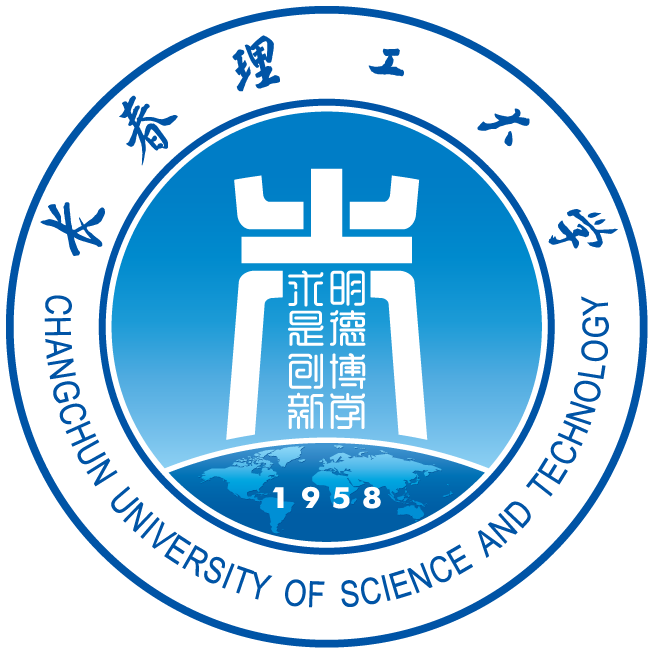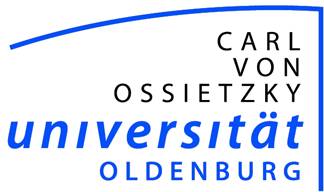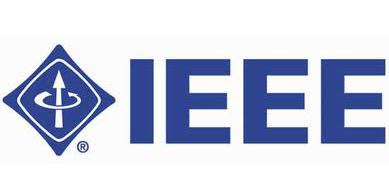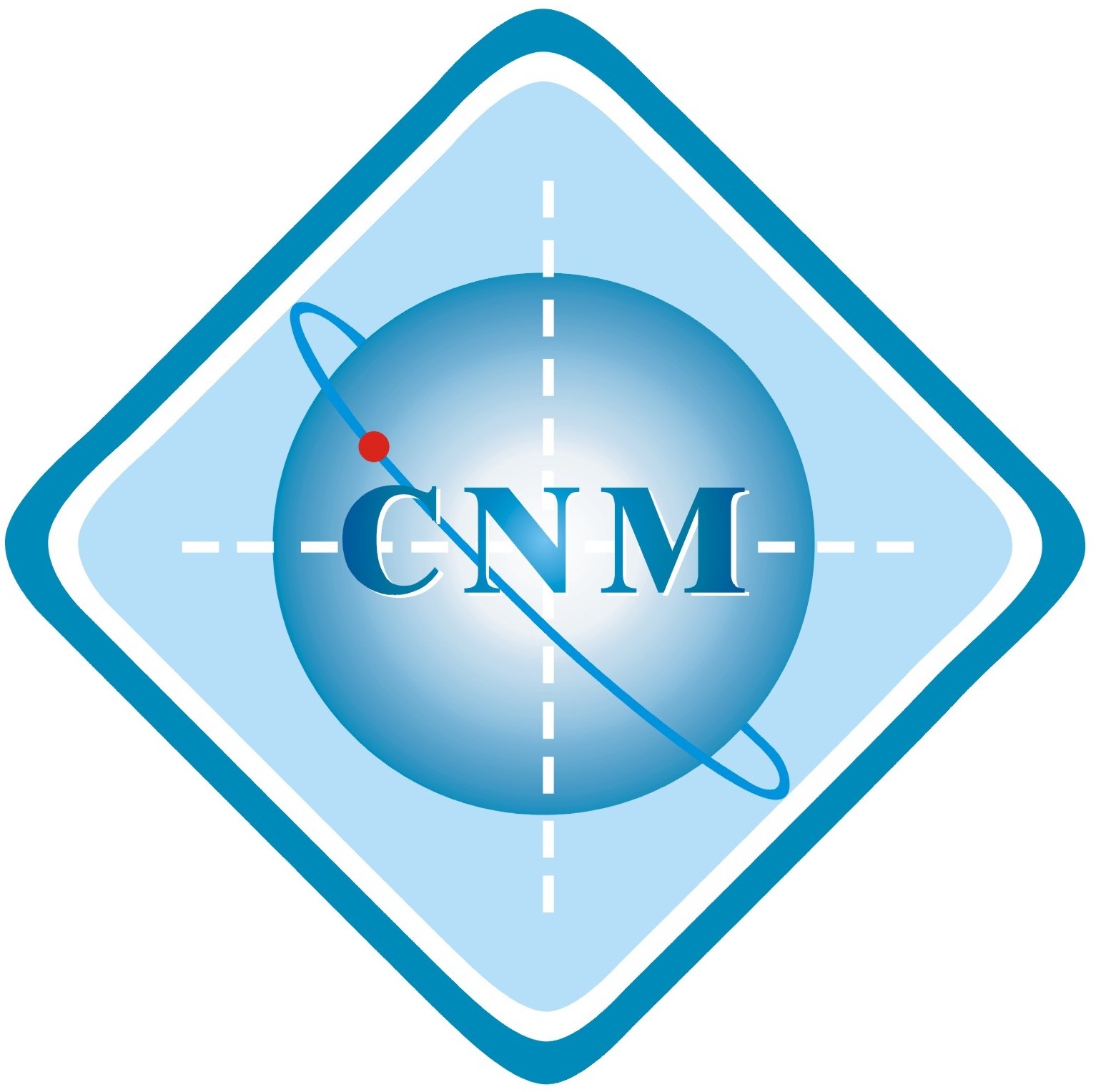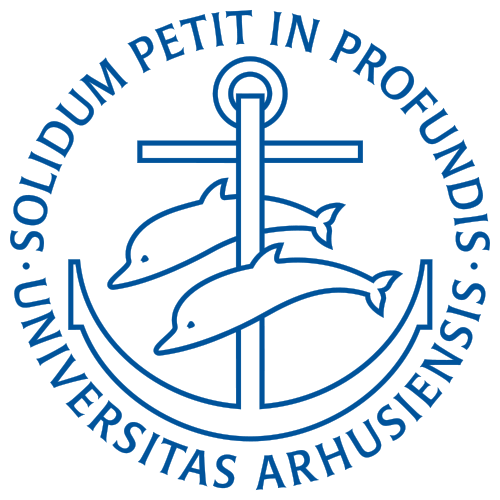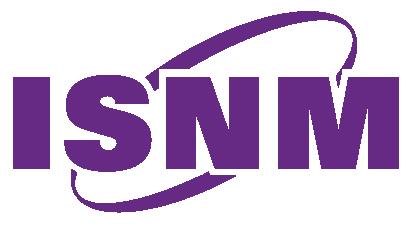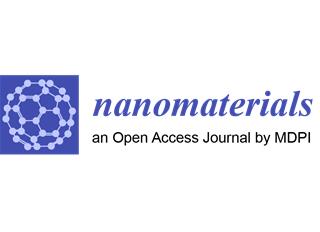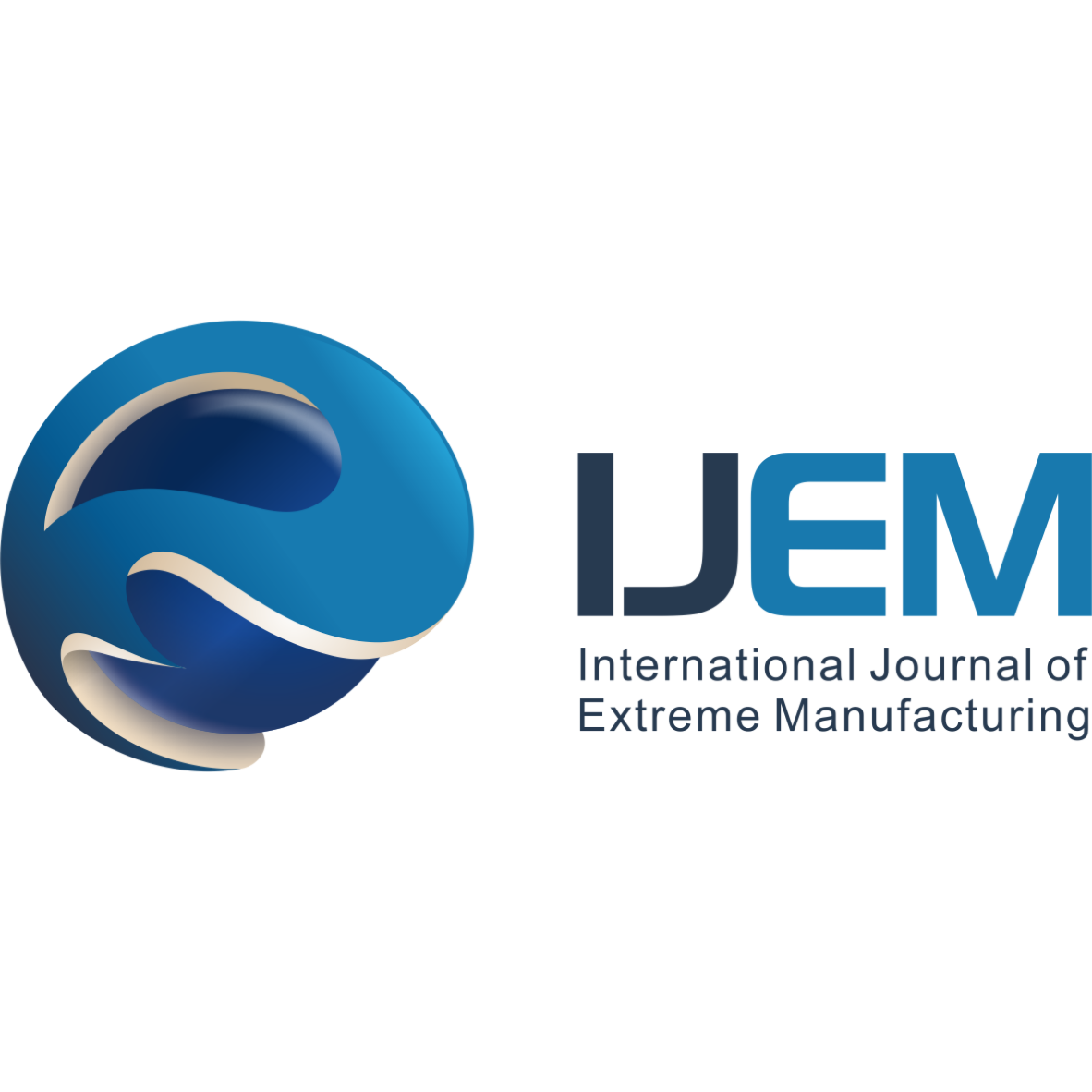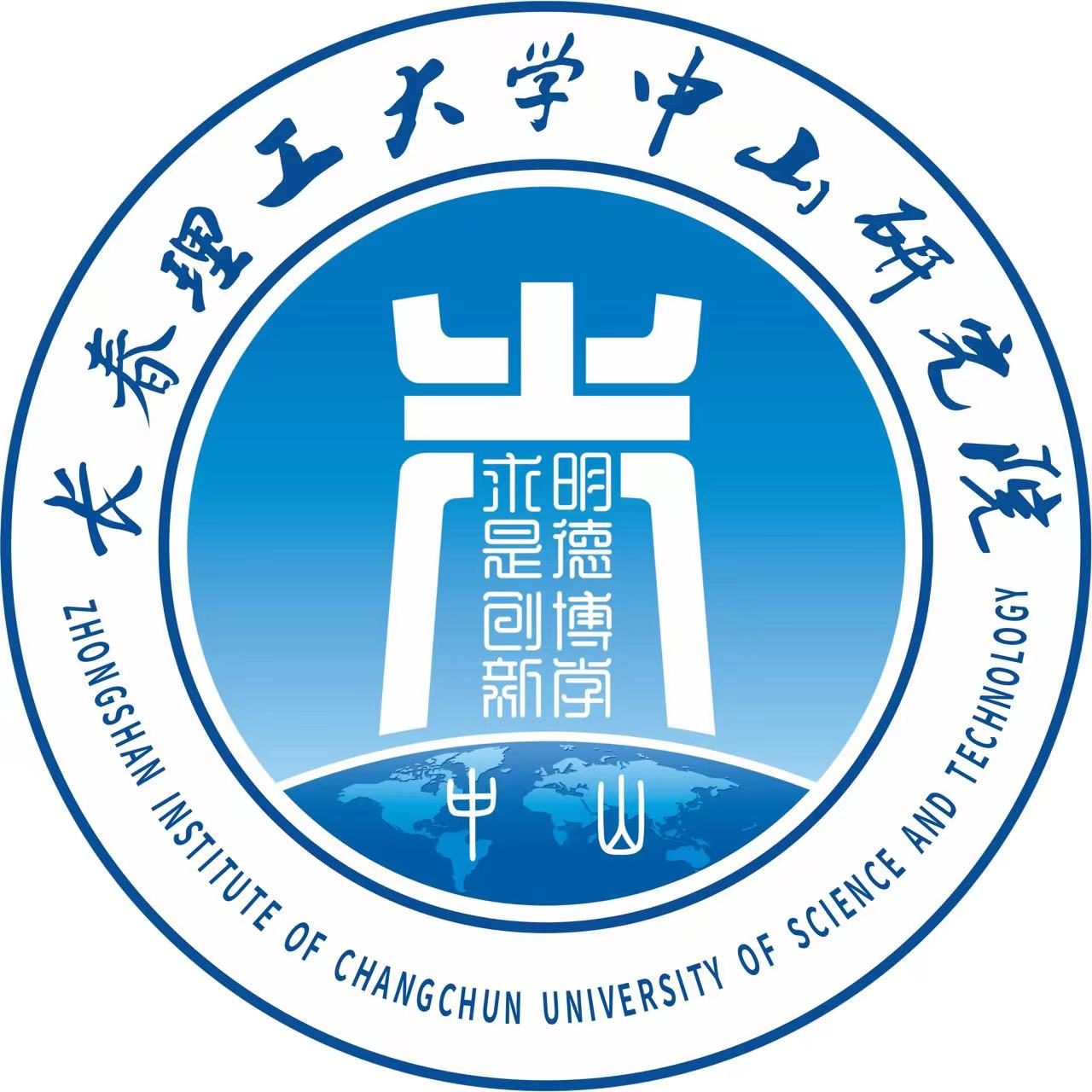| |
|
|
|
Takayuki Uchihashi |
|
Professor |
|
Department of Physics, Nagoya University |
The Exploratory Research Center on Life and Living Systems (ExCELLS) |
|
National Institutes of Natural Sciences |
|
Japan |
|
|
|
Title: Dynamic Structural Biology Driven By High-Speed Atomic Force Microscopy
Abstract:
Most biological phenomena in the cell are elicited by a cascade of extensive dynamic molecular processes, including protein conformational changes, binding and dissociation, assembly and degradation. A fundamental understanding of complex biological processes is inherently reducible to understanding the dynamics of a small number of molecules at each step in such a cascade. Since protein motions are usually asynchronous and often have a multimodal distribution that cannot be directly assessed by ensemble averaging methods, it is necessary to monitor and analyze the dynamic behavior of individual molecules using a dynamic structural biology approach based on single molecule observation.
Among various microscopic techniques for characterizing protein structures and functions, high-speed atomic force microscopy(HS-AFM)is a unique technique in that allows direct visualization of structural changes and molecular interactions of proteins without any labeling in a liquid environment. Since its emergence in 20011), it has been applied to the dynamics analysis of various types of proteins, including motor proteins, membrane proteins, DNA-binding proteins, amyloid proteins, and artificial proteins2), 3) and now has now become a versatile tool indispensable to drive research based on dynamic structural biology.
In this talk, I will review several recent bioimaging applications realized by HS-AFM and show what kind of dynamics phenomena can be observed by HS-AFM. This review provides overviews of several recent bioimaging applications achieved by HS-AFM, classified into imaging studies of conformational dynamics and protein-protein interactions. Recent instrumental developments to extend the capabilities of HS-AFM, especially molecular manipulation by localized force application, one of the key features of AFM, will also be discussed.
(1) T. Ando et al,PNAS 98, 12468-12472 (2001).
(2) T. Ando, T. Uchihashi, S. Scheuring, Chem. Rev. 114, 3120-3188 (2014).
(3) T. Uchihashi and C. Ganser, Biophys. Rev.12, 363-369 (2020).
|
|
Representative papers:
[1] F.-Y. Chan, R. Kurosaki, C. Ganser, T. Takeda, and T. Uchihashi, 'Tip-scan high-speed atomic force microscopy with a uniaxial substrate stretching device for studying dynamics of biomolecules under mechanical stress', Rev. Sci. Instrum. 2022, 93, 113703.
[2] S. Nishiguchi, T. Furuta, and T. Uchihashi*, 'Multiple dimeric structures and strand-swap dimerization of E-cadherin in solution visualized by high-speed atomic force microscopy', PNAS. 2022, 119.
[3] T. Uchiyama, T. Uchihashi, T. Ishida, A. Nakamura, J. Vermaas, M. F. Crowley, M. Samejima, G. T. Beckham, K. Igarashi, 'Lytic polysaccharide monooxygenase increases cellobiohydrolases activity by promoting decrystallization of cellulose surface', Sci. Adv. 2022, 8. | |
|




